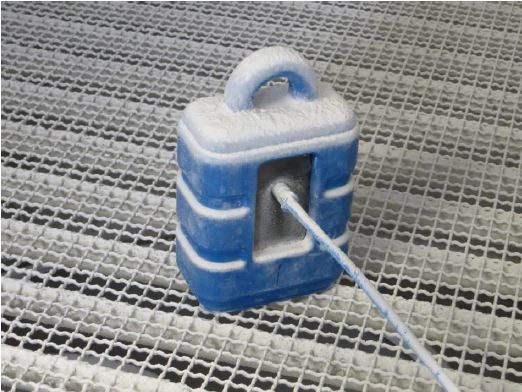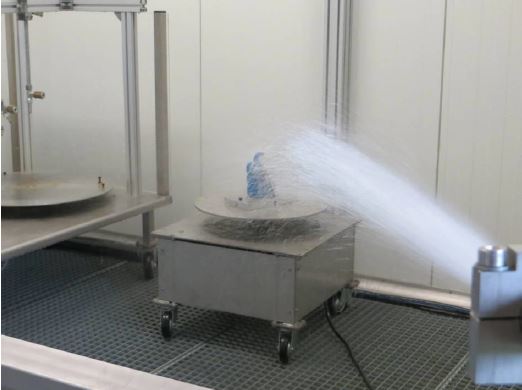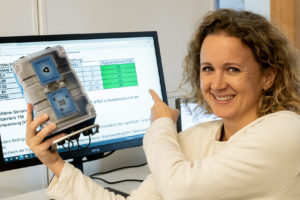When using (electronic) devices, the environmental conditions and external influences acting on the device must be taken into account. Will the unit be exposed to spray water, perhaps even submerged for a long time or used in a dusty environment?
The IP protection class (IP = International Protection) gives you information about the conditions under which you can use the device. In this context, an IP protection class cannot simply be defined by the manufacturer, but is verified by an independent testing laboratory.
There are different national and international standards for the tests. Even if the basic meaning of the protection types is the same, the test specifications may differ in detail. The following versions are based on the DIN EN 60529 protection provided by enclosures are based on.
The key figures
The protection class is always indicated by the letters IP followed by two numbers. It may be that one of the numbers does not have to be specified. This is then replaced by an x.
Optionally, DIN EN 60529 offers the possibility to add two code letters for more detailed explanations. The first letter in the third position of the code number stands for protection against access to dangerous active parts. The letter in the fourth position of the code number provides information about the test conditions. For example, it can be used to indicate whether testing was performed while moving parts were at a standstill or in operation, or whether testing was performed under specified weather conditions. For details on the code letters, please refer to the standard.
Protection against foreign bodies and contact
The first code number indicates the protection against foreign bodies and the protection against contact. In this context, a higher index number includes all those below it.
| 1. Code number | Protection against foreign bodies | Protection against contact |
| 0 | No protection | No protection |
| 1 | Foreign body with diameter ≥ 50 mm | Protection against access with the back of the hand |
| 2 | Foreign body with diameter ≥ 12.5 mm | Protection against access with finger |
| 3 | Foreign body with diameter ≥ 2.5 mm | Protection against access with tools |
| 4 | Foreign body with diameter ≥ 1 mm | Protection against access with wire |
| 5 | Dust in harmful quantity | Complete touch protection |
| 6 | Dustproof | Complete touch protection |

Protection against water
The second digit of the IP protection class indicates the protection against water.
| 2. Code number | Protection against water |
| 0 | No protection |
| 1 | Drip water |
| 2 | Falling drip water; housing inclined up to 15°. |
| 3 | Falling spray water up to 60° against the vertical |
| 4 | Splash water on all sides |
| 5 | Jet water (nozzle) from any angle |
| 6 | Strong jet water |
| 7 | Temporary immersion |
| 8 | Permanent immersion |
| 9 | Water from high pressure/steam jet cleaner |

It is important to note that a degree of protection up to IPx6 automatically includes a lower degree of protection. Furthermore, this is not automatically the case. However, IPx8 automatically includes IPx7, since the specification requires longer and/or deeper submersion. While IPx7 is defined with a 30-minute submersion at a depth of one meter, IPx8 must always be defined to which duration and depth the device was tested.
All other test conditions (for example, the definition of strong jets of water) can be found in the relevant standard.
A day in the test laboratory
To give you an insight into a day in the test lab, we accompanied the BLE Gateway. It has been tested for IP66 / IP68 / IP69 protection. For the IP68 test, it was submerged one meter for 5 hours. All exams were successfully passed.
In the article “A hard day’s work with the BLE Gateway in the test laboratory”. we show you with photos how these tests were carried out.
